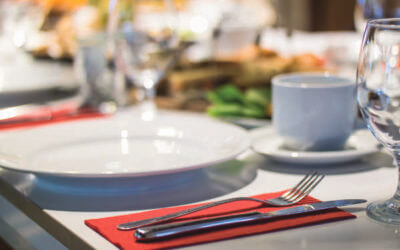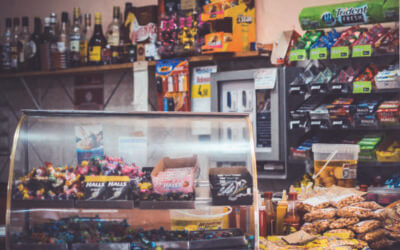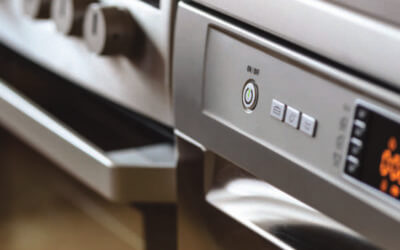Commercial Kitchen Fun: Almost a Dozen Ways to Cook Eggs
November 1, 2018Cooking an egg might be one of the most basic kitchen skills around, but that doesn’t mean there’s only one way to do it.
Scrambled – Hard and Soft
Most of the time when someone orders scrambled eggs, you cook them “hard” scrambled. No runniness. However, that’s not the only option for a scramble. You can also go with a soft scrambled egg, which is the same technique but less cooking time. These appear to be wet, although they are not runny. The difference can be touchy, so the cook has to watch carefully! Gordon Ramsey has a great tutorial on making the perfect soft scrambled eggs in your commercial kitchen.
Sunny Side Up
Some home cooks use this term interchangeably with “over easy”, but to the stickler, there is an important difference. A sunny side up egg is fried but never flipped over. The yoke isn’t “glazed over,” it’s clear as day. The white is usually partially set or completely done. The yoke is very runny – perfect for dipping toast!
Over Easy, Over Medium, Over Hard
With the “overs,” you fry eggs and flip them over near the end to cook the film over the yolk. It’s almost like a sunny side up, just with one extra step. Easy, medium and hard refer to the yolk. Unfortunately, this can be very frustrating for the commercial kitchen since some customers will send back eggs that aren’t “perfectly done” according to their standards. How long the egg is cooked on the flipped side will determine how hard the yolk is. It ranges from very runny to no run at all! These types of eggs are great with bacon on the side, but can also be excellent on a sandwich, salad, or skillet meal.
Poached
If you love eggs benedict or a frisee salad with egg, then poached eggs are your favorite. They can be a bit fussy, as even a little too long in the water can result in a yolk that “isn’t runny enough” for a customer. Because they are removed from the shell and then boiled, they can be very watery. When plating it’s vital to make sure to blot them so that the dish isn’t spoiled by extra liquid.
Boiled: Hard and Soft
A hard-boiled egg is one of the most basic egg treatments available in the commercial kitchen. You cook it in boiling water for 10 minutes or so, or you can bring the water to a boil and then set it aside for 12 – 15 minutes. Either way, you get a tasty, full-cooked egg with no runny texture in the yolk. People enjoy them whole, diced on salad, or even sliced on a burger. Soft boiled eggs cook less time so that the whites are set but the yolks are runny. Many people love soft boiled eggs and toast, which can be called “boiled eggs and soldiers.”
Baked Eggs
Baked eggs, or “shirred” eggs, are cooked with other vegetables in a pan. The white mixes with the other ingredients and is cooked thoroughly, while the yolk stays runny. This is great for any number of dishes where you want the egg to be well-blended without losing the integrity of the yolk.
Omelets
Whether someone wants an omelet plain, with cheese, or loaded with veggies and meat, this method of cooking eggs is incredibly popular. You can use it for anything from a refined French treatment to an overstuffed only-in-America yumfest. It’s up to you! Omelets are just an egg pancake, and like regular pancakes, they are open to a wide number of variations.
Get the Equipment Your Commercial Kitchen Needs!
So there you have it, 11 ways to cook eggs. Fun, isn’t it? Of course, if you’re really going to do this right, your commercial kitchen needs the right cooking equipment. We love helping restaurants in Little Rock find exactly what they need. New or used, we’re here for you. Contact us for more information today!
Ready to Open a Second Restaurant Location?
If your current restaurant is booming, it might be time to consider a second location. Congratulations on your current success – you’ve already beaten the odds! Opening a second location can be easier than your first one – you’ve already worked out a lot of the kinks....
The One Product to Boost Convenience Store Sales
Is there one product that can single-handedly make or break the success of your convenience store? A lot of store owners would say no. When they look at their store, they see products coming from hot dish foodservice equipment, shelves, and a variety of categories...
Restaurant Equipment Spotlight: Gas vs. Electric
Does your Little Rock restaurant use gas or electric restaurant equipment? In all likelihood you made this decision a long time ago, but it’s one that can always be reconsidered. There are benefits to both. If you’re opening a new restaurant location, it’s vital to...



